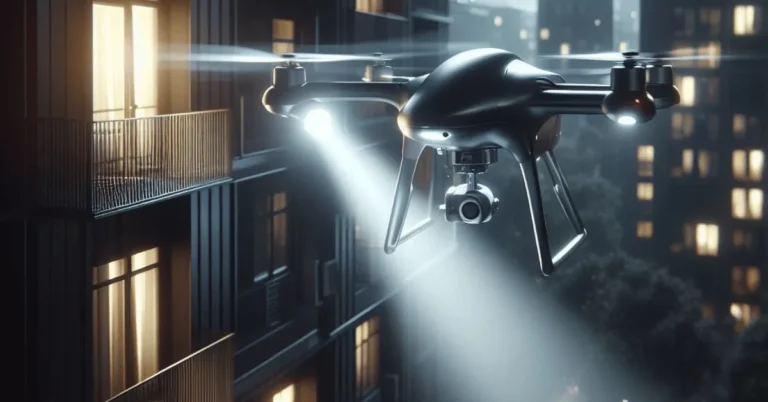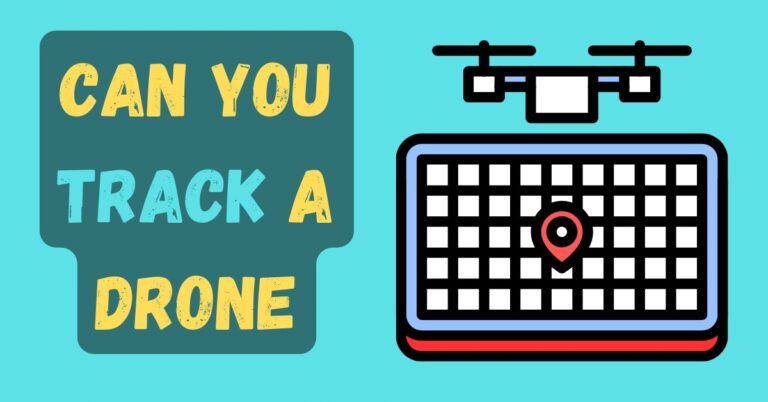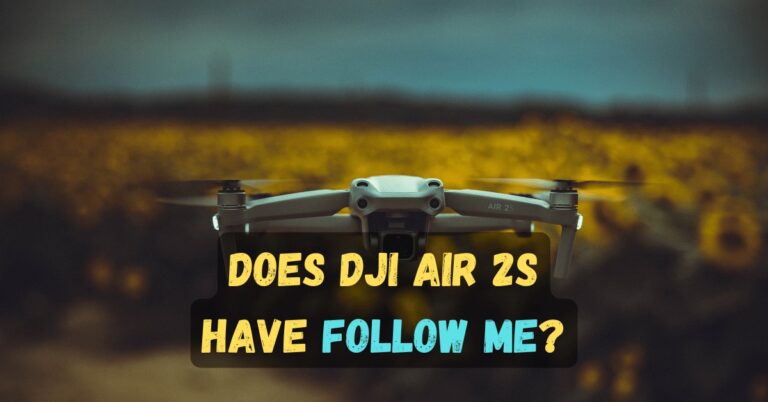Do Drones Have Night Vision Cameras? The Ultimate Guide to Seeing in the Dark (2023)

Most drones do not have night vision cameras built-in, but many drones can be equipped with night vision cameras as an add-on.
Night vision cameras and drones are becoming increasingly popular, as they allow users to see in the dark. This can be useful for a variety of applications, such as search and rescue, security, and photography.
In this article, I will discuss the different types of night vision cameras that are available for drones, the cost of night vision drones, and the legal regulations for flying them. I will also explore the benefits and limitations of using night-vision drones.
By the end of this article, you will have a better understanding of what night vision drones are and do drones have night vision cameras.
Key Takeaways
- Types of Night Vision Cameras: There are two main types of night vision cameras for drones: infrared cameras, which work in low-light conditions, and thermal imaging cameras, which can see in complete darkness.
- Cost of Night Vision Drones: The cost of a drone with night vision capabilities varies widely, from a few hundred dollars to tens of thousands, depending on the technology and features.
- Legal Regulations: Night vision drones are legal, but there are rules to follow, such as having anti-collision lighting and adhering to altitude and airspace restrictions, which can vary by region.
- Benefits of Night Vision Drones: These drones are used in search and rescue, law enforcement, surveillance, wildlife protection, and industrial inspections, offering enhanced visibility in low-light conditions.
- Limitations: Night vision drones require some ambient light to function, and image quality can be limited in low-light environments. Infrared cameras have a limited range, while thermal imaging cameras offer sharper images.
- Adding Night Vision to Drones: In many cases, you can add night vision capabilities to drones as an add-on, but compatibility should be checked with your specific drone model.
Do drones have night vision cameras?
Yes, some drones are equipped with night vision cameras, allowing them to capture footage in low-light or nighttime conditions. These cameras often use infrared technology to achieve this capability.
Infrared cameras typically use an LED to emit infrared light, which is then picked up by the camera’s sensor. The images produced by infrared cameras are typically grayscale, as they only measure the intensity of the infrared light.
Thermal imaging cameras, on the other hand, measure the heat energy emitted by objects, and can produce images in color.
They can detect the differences in temperature of objects and don’t require any light source at all1. The DJI M30/M30T is one of the best drones with night vision sensors for different uses. It features a dual-camera system with a 48MP RGB camera and a 640×512 thermal imaging camera.
This allows it to see in complete darkness and even identify heat signatures. The DJI M30/M30T is also equipped with a variety of other features that make it ideal for night-time missions, such as a powerful spotlight and a long flight time.2.

You can also find a list of drones with night vision cameras on Amazon3.
What are the different types of night vision cameras that are available for drones?
As I have told you before two different types of night vision cameras are available for drones.
- Infrared cameras: These cameras work by detecting infrared light, which is invisible to the human eye. Infrared cameras can be used to see in low-light conditions, but they do require some ambient light to function.
- Thermal imaging cameras: These cameras work by detecting heat signatures. Thermal imaging cameras can see in complete darkness, but they are more expensive than infrared cameras.
Here are some of the pros and cons of each type of night vision camera:

Infrared cameras
Pros:
- Less expensive than thermal imaging cameras
- Can be used in low-light conditions
- Can be used to see moving objects
Cons:
- Requires some ambient light to function
- Images may be grainy or blurry
- Cannot see heat signatures
Thermal imaging cameras
Pros:
- Can see in complete darkness
- Can see heat signatures
- Images are sharper and clearer than infrared images
Cons:
- More expensive than infrared cameras
- Not as good at seeing moving objects
The best type of night vision camera for a drone will depend on the specific application. If you need to see in low-light conditions but don’t need to see heat signatures, then an infrared camera is a good option.
If you need to see in complete darkness or see heat signatures, then a thermal imaging camera is a better choice.
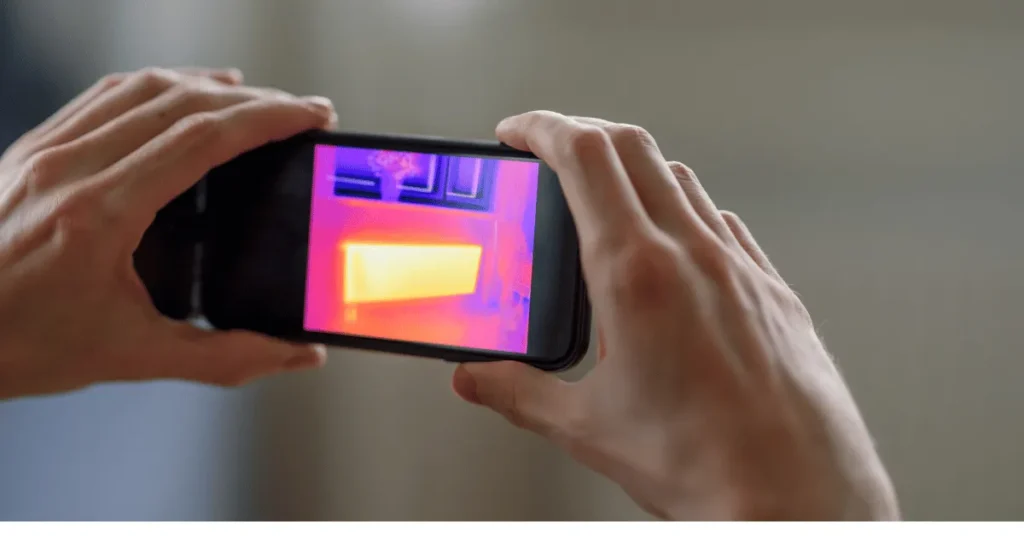
How much does a drone with night vision cost?
The price range for drones with night vision spans from $3,000 to $15,000 USD. The most economical choice currently available is the DJI Mavic 2 Enterprise, although it has been succeeded by the Mavic 3T. For those interested in drone racing, the Walkera F210 offers an option at $495.99.
The cost of a drone with night vision capabilities can fluctuate significantly based on the night vision technology, camera quality, and overall drone features.
Drones with night vision vary from a few hundred dollars to over $10,000. For instance, the DJI Mavic 2 Enterprise Dual, equipped with both infrared and thermal imaging cameras, costs approximately $3,350.
More advanced models, such as the DJI Matrice 200 series and the FLIR Vue Pro R with high-end thermal imaging, can exceed $10,000.
It’s crucial to recognize that not all drones with night vision are of equal quality. Some may possess lower-grade cameras or less advanced night vision, potentially resulting in subpar performance in low-light conditions and lower image quality.
Read More: https://skbestgadgets.com/how-far-can-a-drone-camera-see/

Furthermore, drones may incorporate additional features like obstacle avoidance sensors, advanced flight controls, and extended battery life, which can influence their pricing.
Are night vision drones legal?
Yes, night-vision drones are legal, but operating them at night involves following specific rules and regulations. In the United States, the FAA provides guidance for nighttime drone operations.
According to the FAA, both commercial and recreational pilots may operate drones at night, but the rules are different for each.
All night operations operations require the drone to be equipped with functioning anti-collision lighting that is visible for at least 3 statute miles.
Additionally, airspace authorizations are still required for night operations in controlled airspace under 400 feet. These can be obtained in near real-time through FAA-approved providers or Low Altitude Authorization and Notification Capability (LAANC) services4.
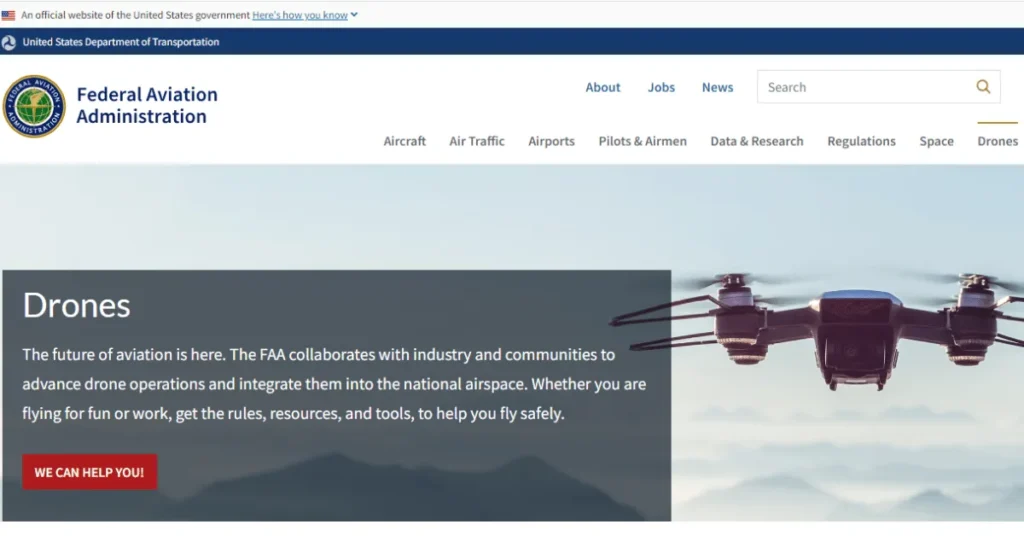
It’s important to note that the rules and regulations for operating drones at night may vary by country and region. It’s always a good idea to check with your local aviation authority to ensure that you are complying with all applicable rules and regulations when flying a drone at night.
What are the legal regulations for flying drones with night vision cameras?
As I have told you drones are legal to fly if they have night-vision cameras. But to make these drones legal there are legal regulations.
So let me tell you some of the legal regulations for flying drones with night vision cameras.
- You must have a drone license. In the United States, you need a Remote Pilot Certificate (Recreational) to fly a drone for hobby or recreational purposes. If you plan to fly your drone for commercial purposes, you will need a Remote Pilot Certificate (Commercial).
- You must fly your drone within a visual line of sight (VLOS). This means that you must be able to see your drone with your own eyes at all times.
- You must fly your drone at a safe altitude. The FAA regulations for safe drone altitudes vary depending on the type of drone and the location.
- You must avoid flying your drone near airports or other restricted areas. The FAA has a database of restricted airspace that you can check before flying your drone.
- You must turn on your drone’s night lights. This will help other pilots and people on the ground see your drone.
- You must be aware of the privacy laws in your area. In some areas, it is illegal to fly a drone over private property without the owner’s consent.

The specific regulations for flying drones with night vision cameras may vary by country and region. It is important to check the regulations in your area before flying your drone.
What are the benefits of using a drone with night vision cameras?
Drones with night vision cameras have many benefits and can be used for a variety of applications. One of the most common uses for these devices is in search and rescue operations, where they can be used to locate missing persons or to survey disaster areas during low-light conditions5.
Law enforcement agencies can also benefit from the use of these aerial devices for surveillance and monitoring of criminal activity at night6.
Night vision drones can also be used for inspection purposes, allowing users to see in the dark and identify heat signatures with an infrared camera. Night vision drones are useful for a variety of purposes, including security and machinery inspection.
With their ability to see in the dark, they can be used to patrol areas at night, search for lost or missing people, or inspect machinery for problems.7.
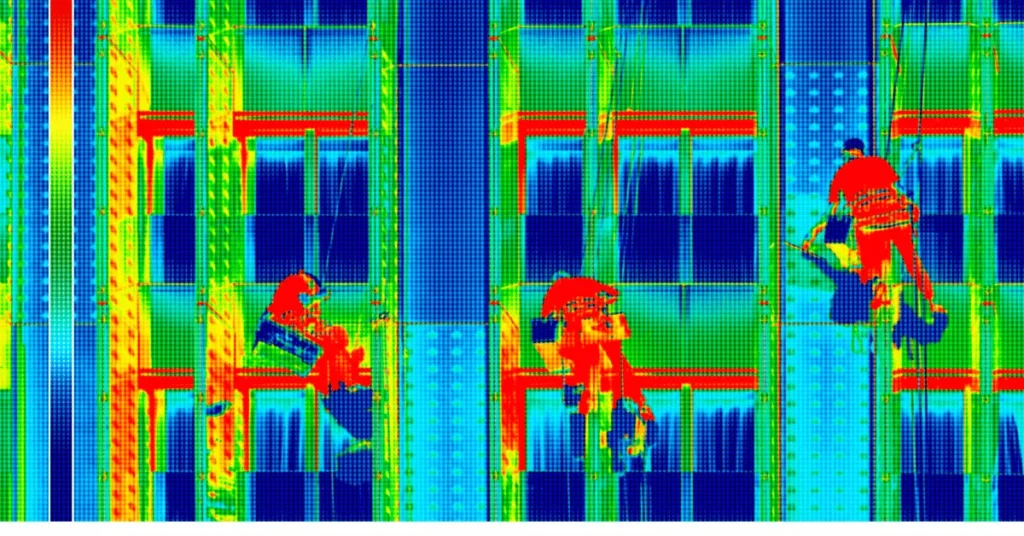
Another interesting use of drones with night vision cameras is for wildlife protection, in which they’re used to observe species and help prevent illegal poaching that often takes place at night8.
Thermal camera drones can be used for a variety of purposes, day or night. They can be used for surveillance, monitoring, and search operations, even in low-light or pitch-black conditions. This is because thermal cameras detect heat signatures, which can be seen even in darkness.
They can be used to help keep people and businesses secure by monitoring borders or surveying hazardous areas that may not be visible during the day9.
What are the limitations of using a drone with night vision cameras?
There are several limitations to using drones with night vision cameras. One limitation is that night-vision drones require sufficient lighting to function properly. If the area being observed is too dark, the drone may not be able to capture the necessary footage10.
Another limitation is that night vision drones can have trouble with image quality when shooting in low-light environments11.

The range of infrared night vision cameras on drones is limited, typically up to 5 yards. This depends on the intensity of the infrared light used by the camera. Only when the drone is very close to the target object can it pick up the light being reflected12.
Important FAQs
Can I add night vision capability to any drone?
What are some common applications for drones with night vision cameras?
Are thermal imaging cameras on drones useful for industrial inspections?
Are there any restrictions on flying night-vision drones in urban areas?
Do night vision drones require special training for operators?
Can I use night vision drones for amateur photography or filmmaking?
Are there any weather limitations for flying night-vision drones?
How do I choose between infrared and thermal imaging night vision for my drone?
Final Thoughts
Night vision cameras have become a valuable addition to the world of drones, opening up new possibilities for various applications. Two main types of night vision cameras are available: infrared cameras, suitable for low-light conditions, and thermal imaging cameras, excelling in complete darkness.
The cost of a drone with night vision capabilities varies, with options ranging from a few hundred to tens of thousands of dollars.
It’s important to note that night vision drones are legal, but specific regulations exist, such as the requirement for anti-collision lighting and adherence to altitude and airspace rules. These regulations may vary by region, so it’s essential to check local guidelines.
The benefits of using night vision drones are extensive, from search and rescue missions to law enforcement and wildlife protection. They offer a unique perspective in low-light situations, enhancing security and surveillance.
However, night vision drones have limitations, primarily their dependence on sufficient ambient light and limited range for infrared cameras. Understanding these limitations is crucial for effective and safe operation.
Images by Canva.com
Best Entry Level Drone Pilot Jobs in 2023 (A Complete Guide)
Ready to kickstart your drone career? 🚁🌟 Check out this article for the ultimate guide to the “Best Entry Level Drone Pilot Jobs in 2023.” Don’t miss your chance to soar into the world of drone piloting! ✈️📷
Article Sources:
- Night Vision Drones: Guide & Top 4 Ranked – DroneSourced. https://dronesourced.com/rankings/night-vision-drones-camera/.
- Best Drone With Night Vision Camera | Home Security Store. https://homesecuritystore.com/best-drone-with-night-vision-camera.
- Drones With Night Vision Cameras – Drone Reviews. https://yourdronereviews.com/drones-with-night-vision-cameras.
- Can you fly a drone at night? | Space. https://www.space.com/can-you-fly-a-drone-at-night.
- Night Vision Drones: Guide & Top 4 Ranked – DroneSourced. https://dronesourced.com/rankings/night-vision-drones-camera/.
- Night Vision Drones: Guide & Top 4 Ranked – DroneSourced. https://dronesourced.com/rankings/night-vision-drones-camera/.
- Drones With Night Vision Cameras – Drone Reviews. https://yourdronereviews.com/drones-with-night-vision-cameras.
- Night Vision for Drones: A Complete Guide – Droneblog. https://www.droneblog.com/night-vision-for-drones-a-complete-guide/.
- Drones With Night Vision Cameras – Drone Reviews. https://yourdronereviews.com/drones-with-night-vision-cameras.
- Night Vision for Drones: A Complete Guide – Droneblog. https://www.droneblog.com/night-vision-for-drones-a-complete-guide/.
- Night Vision for Drones: A Complete Guide – Droneblog. https://www.droneblog.com/night-vision-for-drones-a-complete-guide/.
- Comparing DJI’s Thermal and Night Vision Drones? https://enterprise-insights.dji.com/blog/dji-thermal-night-vision-drones-comparison-side-by-side.

